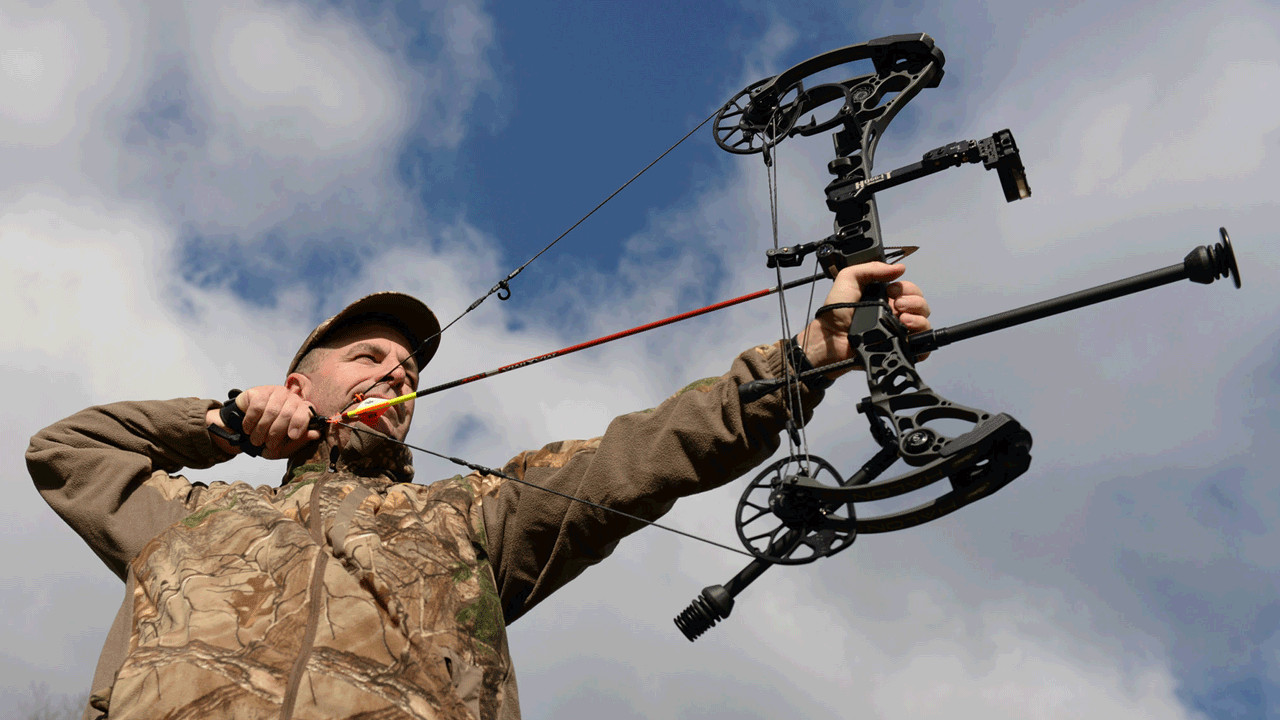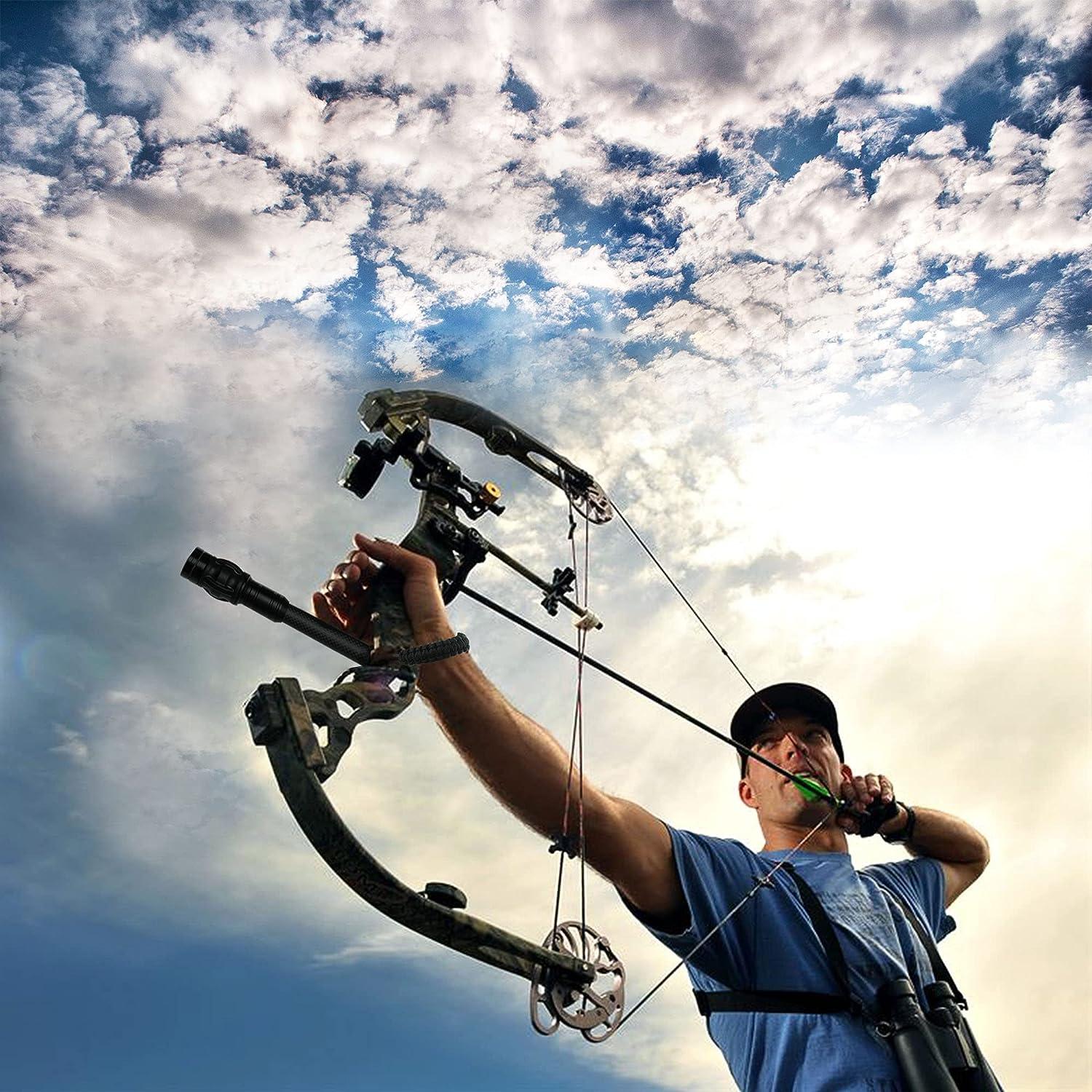Exploring Archery Stabilizers: Discovering the Perfect Fit
Exploring Archery Stabilizers: Discovering the Perfect Fit
Blog Article
The Ultimate Overview to Choosing the Right Archery Stabilizer for Improved Precision
Archery is a sport that demands precision and accuracy, and picking the right equipment is essential for attaining ideal results. Amongst the numerous devices available, an archery stabilizer plays a considerable role in improving precision. Nevertheless, with numerous choices on the marketplace, it can be frustrating to establish which stabilizer is the appropriate suitable for your requirements. In this comprehensive guide, we will check out the crucial factors to think about when choosing an archery stabilizer for boosted precision. From discovering the optimal length to understanding the different styles and products, we will certainly dig into everything you require to know to make an educated decision. Whether you are a skilled archer looking to update your devices or a newbie seeking support, join us on this trip as we decipher the keys to selecting the excellent archery stabilizer.
Length: Finding the Optimum Stabilizer Size
Determining the ideal stabilizer size is vital when picking an archery stabilizer for optimum performance. A stabilizer that is too long can make the bow feel difficult and top-heavy to control, while a stabilizer that is too brief may not give enough stability and dampening of resonances.
A longer stabilizer, usually varying from 8 to 12 inches, can give greater security and reduce bow torque. This is specifically advantageous for archers that shoot with a high draw weight or those that tend to torque the bow during the shot. The added length assists to distribute the weight uniformly and counterbalance any type of torque or motion.
On the various other hand, a shorter stabilizer, typically in between 4 to 7 inches, offers extra ability to move and quicker response. It is favored by archers that shoot with a lower draw weight or those who require even more flexibility, such as hunters or 3D shooters. The much shorter size allows for much easier movement via tight areas and faster adjustments.
Eventually, the ideal stabilizer length is a matter of personal preference and shooting style. It is recommended to trying out various sizes and observe the impacts on stability and accuracy. Consulting with experienced archers or experts can additionally offer valuable understandings and suggestions.
Weight: Establishing the Appropriate Stabilizer Weight
After taking into consideration the optimal stabilizer length, the next crucial element to take into consideration when picking an archery stabilizer is determining the proper stabilizer weight - archery stabilizer. The weight of the stabilizer plays a critical role in enhancing accuracy and security during the shot
The weight of the stabilizer influences the balance and control of the bow. A much heavier stabilizer can give raised stability and control, especially for shooters with a propensity for shaky hands or inconsistent shots. It aids to absorb the vibrations and recoil produced by the bow, minimizing torque and minimizing the effect on the arrowhead's trip.
On the other hand, a lighter stabilizer allows for a quicker and much more receptive bow. It can be helpful for shooters that focus on maneuverability and rate over stability. Lighter stabilizers additionally lower fatigue during long shooting sessions or competitions.
To determine the appropriate stabilizer weight for your demands, it is necessary to consider your capturing style, physical toughness, and bow configuration. Trying out different weights and observing the impact on your shooting performance is crucial to locating the perfect equilibrium.
Ultimately, the optimal stabilizer weight will vary for every private archer. It is advised to begin with a moderate weight and make adjustments based on personal choice and capturing outcomes. Remember, the objective is to accomplish a stable and controlled shot, while likewise preserving convenience their explanation and ease of usage.
Materials: Picking the Right Products for Sturdiness and Performance
When picking an archery stabilizer, it is critical to very carefully consider the products utilized in its building and construction to make certain durability and maximize performance. The option of materials can considerably affect the total high quality and effectiveness of the stabilizer.
Among the most typically utilized materials for stabilizers is carbon fiber. Carbon fiber supplies a high strength-to-weight ratio, making it light-weight yet exceptionally solid. This product reduces and takes in vibrations bow torque, causing improved stability and accuracy. Furthermore, carbon fiber stabilizers are immune to temperature changes and are less most likely to warp or bend with time.
Another prominent product for stabilizers is aluminum. Aluminum stabilizers are known for their resilience and rigidity. They provide excellent wetting abilities, reducing the amount of shock and vibration transferred to the shooter's hand. Aluminum stabilizers also offer a broad range of modification choices, enabling archers to change the weight and size to fit their preferences.
Some stabilizers are constructed using a combination of materials. For instance, a stabilizer may have a carbon fiber core wrapped in an aluminum covering. This crossbreed layout combines the best high qualities of both products, supplying optimum stability, durability, and efficiency.
Design: Understanding the Different Stabilizer Designs and Their Effects
Taking into consideration the products used in archery stabilizers, it is necessary to now explore the various layouts of stabilizers and their respective effects. The design of an archery stabilizer plays a vital function in enhancing accuracy and decreasing vibration throughout the shot. There are numerous various designs readily available in the marketplace, each with its own distinct qualities.

One more popular style is the side bar stabilizer. This design includes connecting a brief pole sideways of the bow, parallel to the main long rod. Side bar stabilizers help in counteracting the weight of devices, such as quivers or sights, and give extra stability to the bow.
Some stabilizers include adjustable weights. These stabilizers allow archers to fine-tune the equilibrium and feel of their bows by including or getting rid of weights. This feature is particularly advice valuable for archers that favor a certain weight circulation or desire to try out different arrangements.
Furthermore, some stabilizers integrate moistening modern technology to lessen vibration and noise. These stabilizers often have integrated dampeners or use products that take in resonances, resulting in a smoother and quieter shot.

Accessories: Exploring Additional Devices for Boosted Stability
To better improve security in archery, extra devices can be utilized. These accessories are created to operate in conjunction with the archery stabilizer to offer an also greater degree of security and accuracy. One such device is the V-bar or the side stabilizer mount. This device enables the accessory of a second stabilizer, which assists to balance the bow and decrease torque. By distributing the weight uniformly on both sides of the bow, the V-bar assists to minimize any type of unwanted movement throughout the shot.
Another device that can boost stability is a bow sling. A bow sling is a band that attaches to the bow and enables the archer to keep a loosened up grasp on the bow manage without the worry of dropping it (archery stabilizer). This kicked back grip helps to decrease muscle mass tension and enables for an extra consistent and stable shot
Additionally, a stabilizer weight system can be used to tweak the equilibrium and stability of the bow. These weight systems commonly include small weights that can be added or gotten rid of from the stabilizer to adjust the equilibrium factor of the bow. By finding the ideal balance factor, archers can achieve a much more exact and secure shot.
Conclusion
Finally, choosing the appropriate archery stabilizer entails taking into consideration elements such as size, weight, materials, design, and added accessories. The optimum stabilizer size and weight will depend on individual choices and shooting style. Selecting durable products is necessary for resilient performance. Understanding the different stabilizer layouts will assist boost precision. Lastly, exploring extra devices can even more boost security throughout archery shooting.
Establishing the excellent stabilizer size is essential when choosing an archery stabilizer for optimum useful reference efficiency. A stabilizer that is too long can make the bow really feel challenging and top-heavy to manage, while a stabilizer that is as well brief might not offer sufficient stability and dampening of resonances - archery stabilizer.Taking right into account the products utilized in archery stabilizers, it is vital to currently dig into the various styles of stabilizers and their respective results. Side bar stabilizers help in counteracting the weight of accessories, such as views or quivers, and supply extra security to the bow
These weight systems typically are composed of little weights that can be added or removed from the stabilizer to adjust the equilibrium factor of the bow.
Report this page